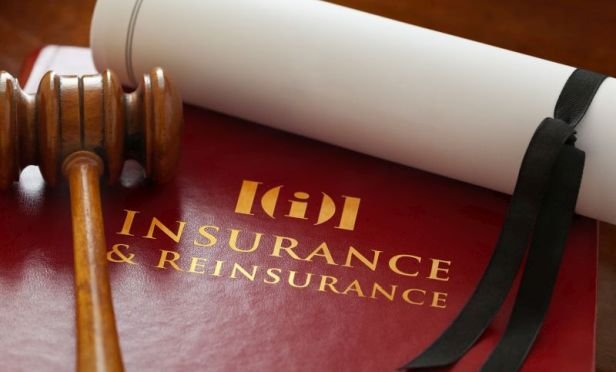 In its decision, the N.J. appellate court explained that A201 required the owner and contractor to procure, respectively, property and liability insurance, and required the owner and contractor and its subcontractors (and sub-subcontractors, agents, and employees) to waive all rights against each other for damages covered by the required property insurance policy. (Photo: iStock)
In its decision, the N.J. appellate court explained that A201 required the owner and contractor to procure, respectively, property and liability insurance, and required the owner and contractor and its subcontractors (and sub-subcontractors, agents, and employees) to waive all rights against each other for damages covered by the required property insurance policy. (Photo: iStock)
An appellate court in New Jersey, affirming a trial court's decision, has ruled that the waiver-of-subrogation provisions of a widely used form construction contract — the American Institute of Architects (AIA) form A201 — 2007 General Conditions of the Contract for Construction (A201) — were intended to transfer the risk of construction-related losses to insurers and to preclude insurers' subrogation actions against contracting parties.
|Subrogation waiver provisions
Equinox Development Corporation contracted in March 2012 with Grace Construction Management Company, LLC, to build the "core and shell" of a new health club in Summit, New Jersey. American Medical Plumbing, Inc., was a plumbing subcontractor.
Recommended For You
Want to continue reading?
Become a Free PropertyCasualty360 Digital Reader
Your access to unlimited PropertyCasualty360 content isn’t changing.
Once you are an ALM digital member, you’ll receive:
- Breaking insurance news and analysis, on-site and via our newsletters and custom alerts
- Weekly Insurance Speak podcast featuring exclusive interviews with industry leaders
- Educational webcasts, white papers, and ebooks from industry thought leaders
- Critical converage of the employee benefits and financial advisory markets on our other ALM sites, BenefitsPRO and ThinkAdvisor
Already have an account? Sign In Now
© Touchpoint Markets, All Rights Reserved. Request academic re-use from www.copyright.com. All other uses, submit a request to [email protected]. For more inforrmation visit Asset & Logo Licensing.








